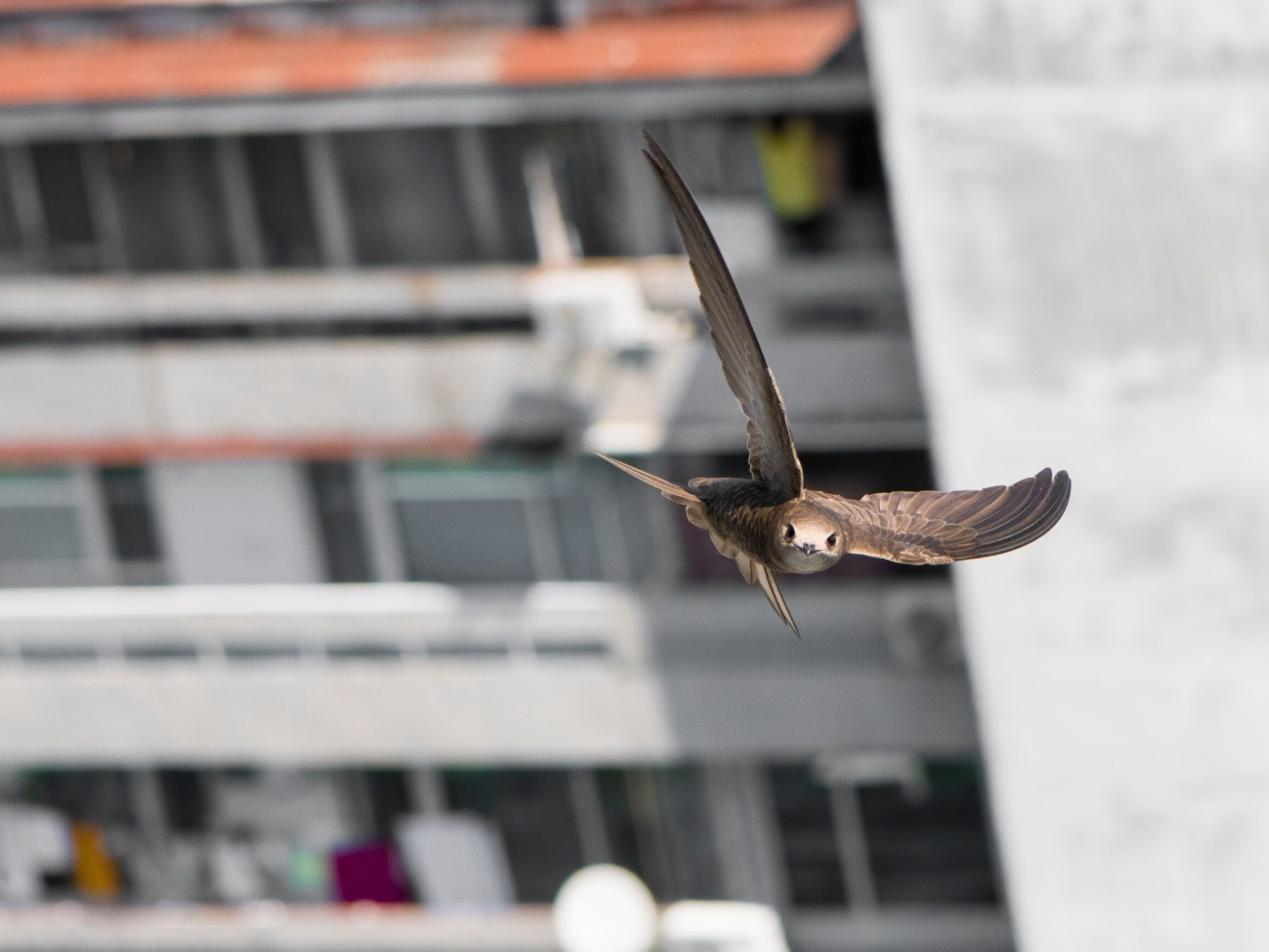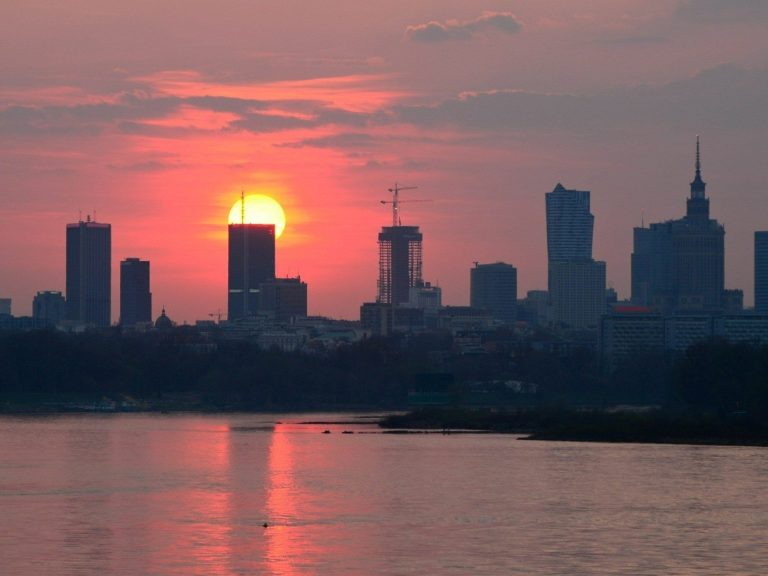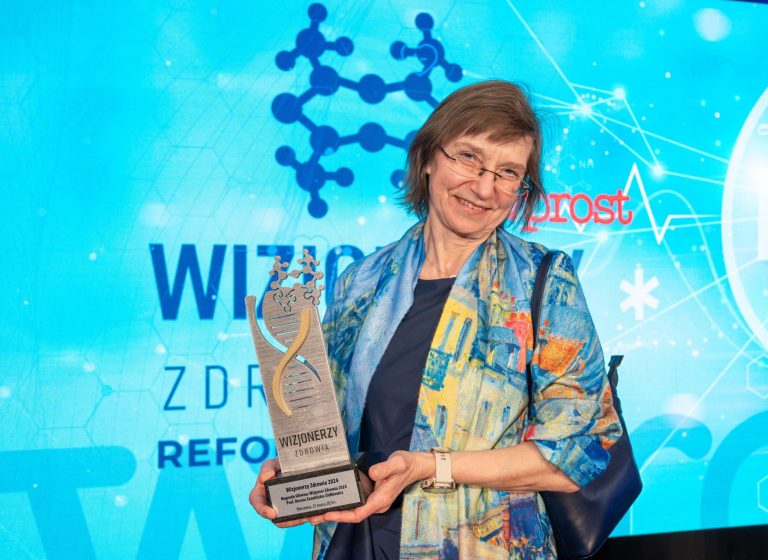Prof. Łukasz Jankowiak: A city is an ecosystem. It should be a good place to live for people and animals

Let’s look at the city as an ecosystem, because it is. Taking out an element, making a species disappear, can bring unexpected and not necessarily good results. It is in our interest to care for the balance of the urban ecosystem – says prof. Łukasz Jankowiak, who in his scientific work deals with, among others, birds living in cities.
Katarzyna Świerczyńska “Wprost”: One of your projects is luring swifts to specially prepared boxes in the city. Why do we need swifts in cities?
Prof. Lukasz Jankowiak*: Let’s start with the fact that, in general, cities should be a good place to live not only for people, but also for animals. Swift actually grows a bit to such a symbol here, but we also have martin swallow similar to swift. And I would say about it more generally: the key issue is the presence of vertebrates in the city, not only birds.
Why is it so important?
A research topic that I have been interested in for years is anthropopressure. It’s a process, let’s face it, it’s relentless. Everyone wants to live more comfortably, these cities are spreading more and more. We can see it today in such metropolises as Warsaw, Poznań or Szczecin. We are taking more places from nature, but at the same time we see how animals can adapt perfectly to this. After all, swifts, before they took a liking to crevices of tall buildings, nested in, among others, on rocks and tall trees. Of course, we are talking about processes that take years. Forest bird populations today find themselves in urban parks. That is why it is important to create these opportunities for them in the city.
You mentioned martin swallows. The reality, however, is that hardly anyone wants to have them on their window. The reason is simple – they are very dirty. So this vision of the coexistence of people and animals in the city is not so idyllic.
Everything can be reconciled. There are many compromise solutions. For example, in Szczecin we have special towers for martins, but I know that some housing cooperatives designate these windows at chutes or staircases for them. You can also hang special booths in the color of the facade and protect them with boards so that they do not get dirty. In my opinion, this is a huge role of housing cooperatives, good will and willingness to find solutions. We all know that nests must not be destroyed, but in practice it looks different. Therefore, it is also important to educate and sensitize managers to this.
How to make a city animal-friendly?
It’s a very interesting topic. There are many studies that show the importance of, for example, watercourses. But I do not mean a concreted and straightened river, but places where we will leave a piece of reeds, where we have these more wild and natural sections. Of course, nothing stands in the way of a bench or a comfortable path. This is the compromise. For years, great emphasis has been placed on this, for example in Germany, where these watercourses in the city are being renatured, or at least their fragments. I once took part in interesting research conducted by a team of scientists from all over Poland under the supervision of prof. Piotr Tryjanowski from the University of Life Sciences in Poznań, and it concerned the topic of birdbaths…
There is a lot of talk, especially in hot weather, that we should put such watering bowls for birds in cities.
Yes, but the study showed that a bird, given a choice, will always choose a natural reservoir, even if it’s just a puddle. However, the drinking bowl is a foreign element for him, he feels less confident with such a container, although of course birds also benefit from this form of our help. However, if we really want to think about how to stop these birds and create a friendly environment for them in the city, the secret is water, and more precisely, creating places where it will naturally stop.
Much is said about the negative effects of concreting cities. How do the animals feel?
Let’s look at it even more broadly, because it all comes down to climate change and global warming. Animals, as I have already said, can adapt to changes, but they also have an impact on the state of the population. Revitalization is such a trendy word. We revitalize parks and green areas, and as a result it comes down to concreting them. Instead of revitalization, we should very consciously renaturalize these areas. And on the other hand, if we build something, we should compensate nature for it, especially now in the period of climate change. It turns out that nesting boxes can reduce these negative consequences, as shown by, for example, research from South Africa where peregrine falcons, who were taken away from their natural areas, adapted very well to nesting boxes that were offered to them in return. I took part in the study of blackbirds in Szczecin’s Żeromski Park. For over twenty years, this project has been carried out by prof. Darius Wysocki. Together with scientists from around the world, he analyzed the impact of climate on the reproductive success of various bird species. In general, climate change is not favorable for most species. This is particularly evident among migratory birds.
There is one more issue. There is no denying that some animals are perceived as urban pests. Let’s leave martins for now, but there are also pigeons and finally wild boars present in many cities.
There is a way to do this: education, education and more education. We put spikes on the buildings to protect them from pigeons, but at the same time there are people who feed them with bread all year round, which is very harmful to the birds. Wild? Let’s do something so that they don’t have easy access to garbage cans, it’s an easy source of food for them. Feeding birds in winter – yes, but also with your head. And people feed swans, ducks and pigeons with bread. We have a tendency to exaggerate a bit, a good example is the issue of mowing the grass. It’s not good to mow it almost to nothing, but when it was talked about, some cities went to the other extreme and did not mow at all. This is also not good, because we do not want urban lawns to be a habitat for ticks.
What if we wanted to consider it in the context of benefits? What are the benefits for humans of having animals in the city? For example, it is often said that thanks to swallows or swifts, there are no more mosquitoes…
Yes, birds eat insects, another question is what percentage of this food is mosquitoes. Let’s not put it that way. Let’s look at the city as an ecosystem, because it is. Taking out an element, making a species disappear, can bring unexpected and not necessarily good results. It is in our interest to care for the balance of the urban ecosystem.
* Dr. hab. Lukasz Jankowiak, prof. US, is the head of the Department of Ecology and Anthropology at the Institute of Biology at the University of Szczecin.






